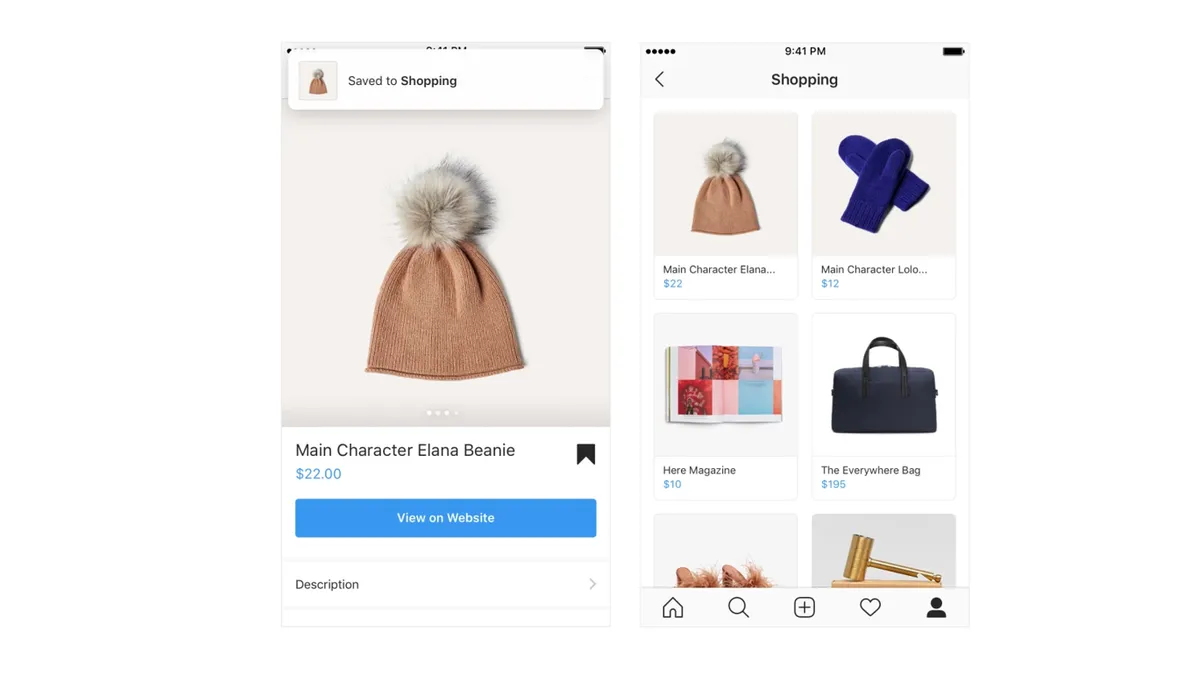The following is a guest post from Geoffroy Martin, executive vice president and general manager of growth portfolio at Criteo. Opinions are the authors' own.
Social media has evolved significantly since Mark Zuckerberg created Facebook. Over the past decade, we've seen social media platforms like Vine peak and then crash and burn quickly. However, many platforms have survived and thrived amid the tech boom of the 2010s by innovating with new features and elements.
As a result, most social media networks have slowly but surely shifted into full-fledged commerce platforms. More than 76 million users in the U.S. are expected to purchase through social media at least once this year, eMarketer estimates, and we'll likely see this increase as major players continue to invest in social buying. Up-and-coming platforms like TikTok will certainly exacerbate this trend. And as Oracle seeks to close its deal with TikTok, the social media ecosystem is sure to see disruption like never before.
Consumers discover products in new ways
An eMarketer study in November 2019 found that nearly half of all U.S. internet users surveyed said they were most excited about shoppable content as part of their shopping experiences. As with any rising consumer trend, retailers should embrace new desires and adapt their strategies to meet customers' needs. In this case, retailers would benefit greatly from taking social commerce principles and applying them to their own channels.
Macy's, for example, has successfully created a shoppable experience on its website by using user-generated content (UGC) that's typically only found via social media. By asking shoppers to use the hashtag #Macyslove on any social media pictures where they feature Macy's products, the retailer can consolidate the images directly on Macys.com and include shoppable links to each product. Shoppers are then able to experience the benefits of social commerce — convenience and engagement — while never having to leave the website, and in turn, Macys.com remains the shopping destination.
While consumers are shopping less in-store and relying on e-commerce for their needs today more than ever, the opportunity to see authentic images of products from real people on a retailer's website provides more incentive to make a purchase.
Brands seek better ways to engage shoppers
Retailers also need to balance the changing demands of consumers with the demands of their brand manufacturer partners. Marketers at these brand suppliers are looking to embrace more native-like ad formats, since these formats have gained popularity from social media channels. Retailers must think outside the box and find inspiration from the growing commerce landscape to provide brand partners truly impactful advertising experiences for consumers that also do not impede the organic shopper experience.
As advertisers focus on providing authentic experiences that fit the content their target customer is consuming, we can expect to continue to see a rise in native-like formats. Retail media, or digital advertising placed directly within retailer sites and apps, has become an attractive channel for brands amid the e-commerce boom. Not only do these ads feature products that make sense in the surrounding content, but they also reach relevant shoppers near the point of purchase.
Of course, marketers are also cautious of UGC that could negatively impact brand reputation. In 2020 alone, we saw mass advertiser boycotts on Facebook and ad placements alongside unsavory content on YouTube and TikTok. However, retail media enables marketers to reach shoppers in brand-safe spaces on the sites of their trusted retail partners. Retailers must carefully guard their site experience, even when incorporating user generated content or new forms of advertising, in order to preserve relationships with brands and consumers.
The face of commerce is evolving
Even as online shopping has been stressful for consumers throughout the pandemic due to supply chain and delivery issues, emerging channels like social commerce and retail media have helped shoppers navigate the digital shelf and find the right products where they are still available. In addition, these new channels help marketers follow the eyeballs as more shopping shifts online while also making their advertising spend more accountable to product sales.
Retailers can glean many ideas from social platforms, such as incorporating UGC in their sites and offering native ad formats to brands. When building out e-commerce businesses, retailers need technology partners who can help safeguard the user experience by ensuring shoppers only see appropriate content, relevant ads and in-stock products.
By studying the playbook of social commerce and other emerging channels, retailers can stay on the pulse of shifting consumer behaviors and ensure they're on the right path toward the future of commerce. As social distancing is far from over throughout the world, retailers will be able to apply these learnings in the age of COVID-19 to not only drive uplifts in sales but also build stronger relationships with brands and consumers.






















